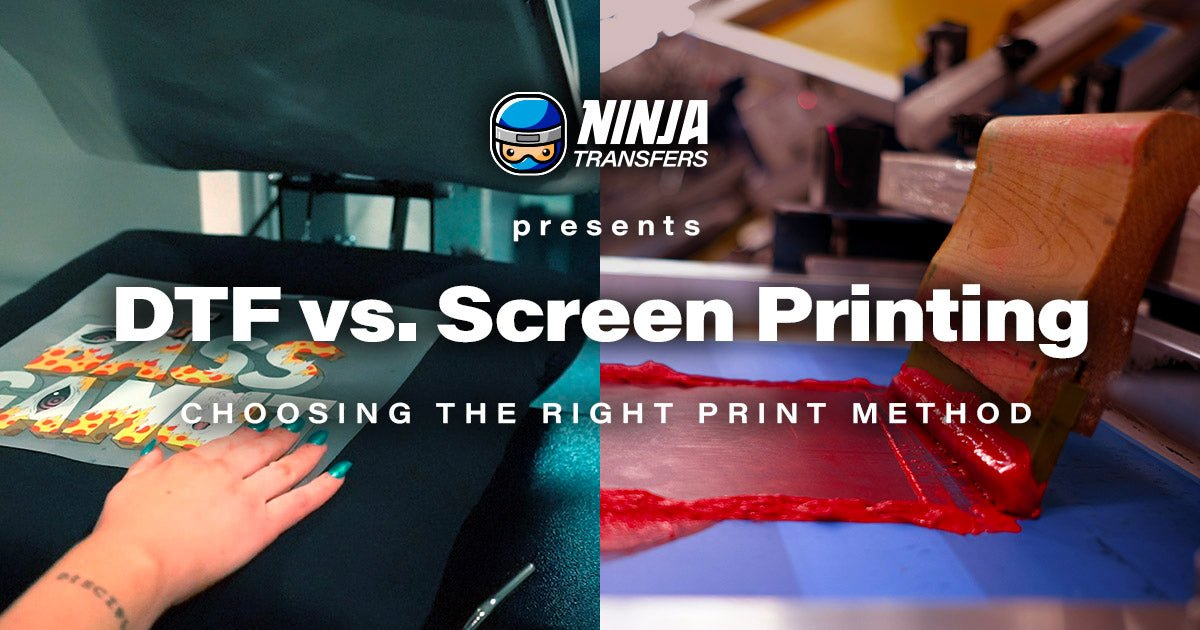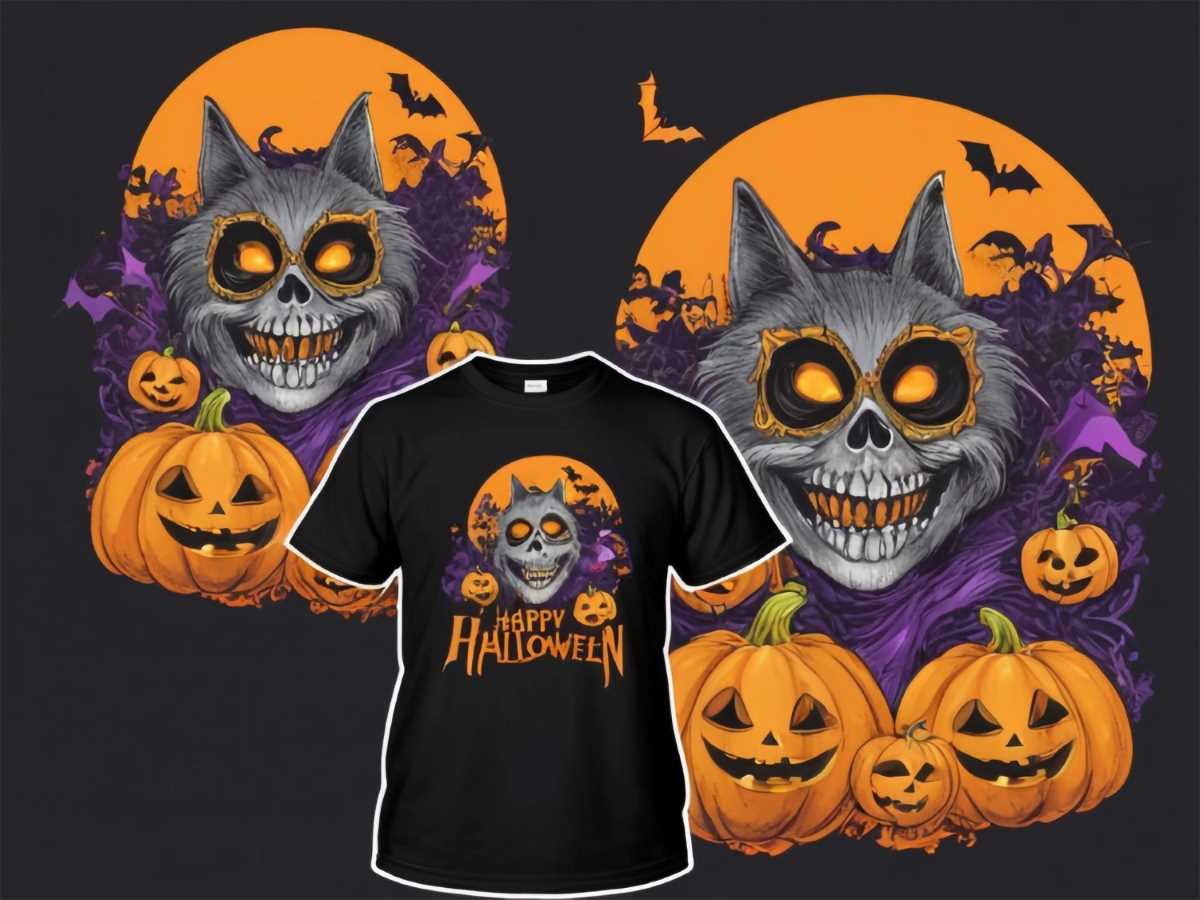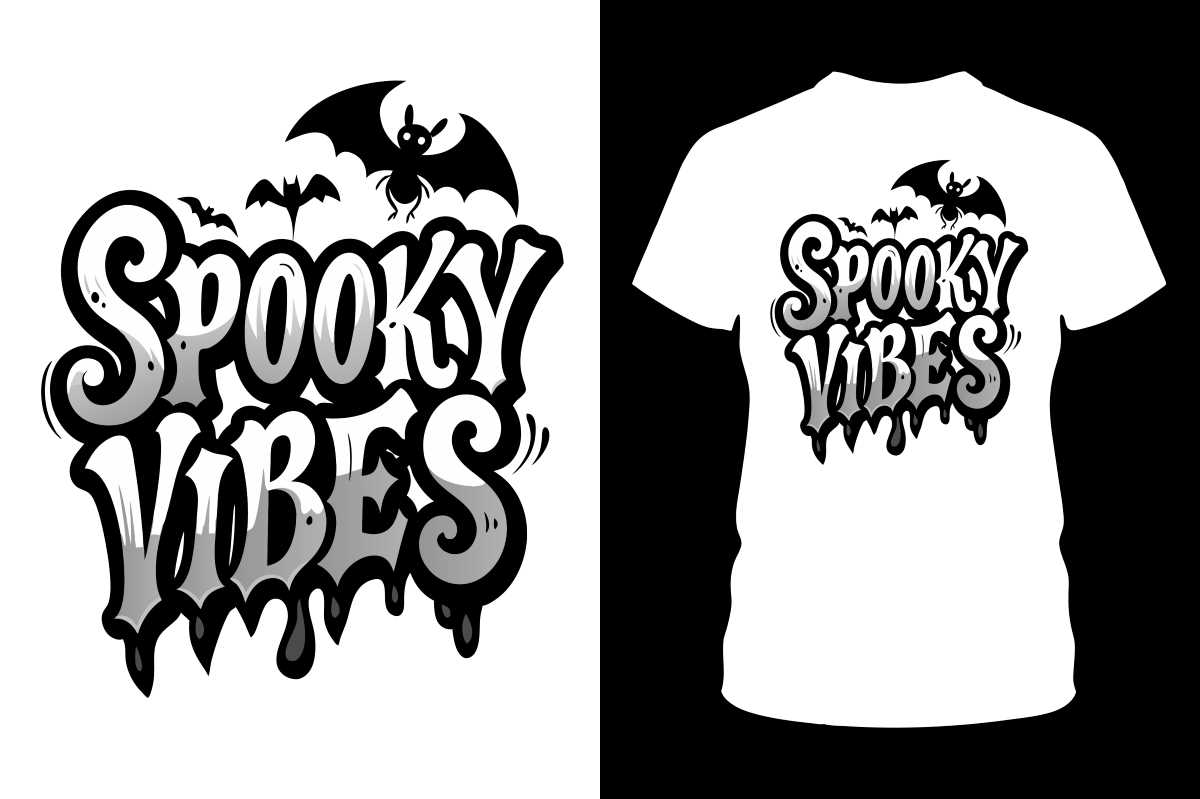When it comes to evaluating DTF vs. Screen Printing, understanding the nuances between these two popular apparel printing methods is crucial for achieving the best results. DTF, or Direct to Film printing, utilizes advanced technology to transfer vibrant designs directly onto various fabrics, making it a versatile choice for intricate artwork. In contrast, screen printing, steeped in tradition, delivers durability and a soft finish, perfect for large production runs. Both techniques have distinct advantages that cater to different needs, whether you prioritize quick turnaround times or large-scale orders. The ongoing debate of screen printing vs DTF emphasizes the importance of selecting the method that aligns perfectly with your specific printing requirements.
Delving deeper into the realm of apparel printing, one encounters two formidable contenders: the innovative Direct to Film technique and the time-honored method of mesh printing. Each printing approach is characterized by its own set of procedures and benefits, offering unique capabilities for displaying artistic designs on textiles. As you explore the advantages of DTF printing and the rich tradition of screen printing, it becomes essential to consider factors like production volume, design intricacy, and material suitability. Ultimately, the decision between these two forms of fabric decoration hinges on individual project specifications, giving room for creative expression while meeting practical needs. By understanding the dynamics of these apparel printing methods, you can make an informed choice that enhances the impact of your designs.
Exploring DTF Printing: Benefits and Limitations
DTF (Direct to Film) printing is gaining popularity within the apparel industry due to its unique method of transferring vibrant designs directly onto fabrics. The process involves printing onto a specialized film, which can then easily apply intricate graphics to various materials, including cotton and polyester. One of the primary advantages of DTF printing is its versatility; it accommodates a wide range of fabrics, making it an excellent choice for custom projects. Furthermore, the capability to produce vivid, full-color images ensures your printed designs remain eye-catching and detailed. This feature positions DTF as a go-to choice for artists and businesses seeking to make a bold statement with their apparel.
However, it’s important to consider the limitations that come with DTF printing. While this method boasts quick setup times and reduced costs for smaller orders, concerns regarding the long-term durability of the prints arise. DTF prints may not withstand multiple washes as effectively as screen prints, making it crucial to choose high-quality transfer materials to mitigate this issue. Additionally, the cost of specialized inks for DTF printing can be higher compared to traditional screen printing methods, particularly for larger productions. Balancing these factors allows brands to make informed decisions about their apparel printing strategies.
Screen Printing: A Long-Lasting Solution for Custom Apparel
Screen printing has long established itself as the industry standard for creating durable and high-quality prints on apparel. Its process involves the use of a mesh screen as a stencil through which thick inks are applied, resulting in deep penetration in the fabric. This results in remarkably durable prints that can endure countless washes without fading, making it an ideal choice for brands seeking longevity in their designs. Additionally, screen printing becomes increasingly cost-effective as production quantities rise, making it a reliable choice for bulk orders. Businesses can benefit from significant savings on larger runs, all while delivering a top-notch product to their customers.
Despite its advantages, screen printing does come with some drawbacks that need to be addressed. The process requires considerable setup time, especially when multiple colors are involved, as each color necessitates a separate screen. This can make it less suitable for quick turnaround projects or small orders, where DTF printing might be preferred. The limitation on color variation may also pose a challenge for intricate designs that require a multitude of hues, unless additional resources are allocated. Thus, businesses must weigh their specific needs when deciding between screen printing and other methods like DTF for their custom apparel.
DTF vs. Screen Printing: Key Differences Explained
Understanding the differences between DTF printing and screen printing can significantly influence your choice for apparel printing methods. DTF printing stands out for its ability to handle complex designs and vibrant colors, making it favorable for unique, artistic projects. It delivers speed and efficiency in setups, especially for smaller runs, which allows for a more customized approach to each order without the constraints of minimum quantities. Conversely, screen printing is better suited for larger volumes, offering unparalleled durability and value for mass production. The higher ink costs associated with small-batch DTF printing often lead to a re-evaluation of which printing method to adopt based on the project scale.
Furthermore, the fabric compatibility further distinguishes these two methods. DTF printing can be applied to various materials, providing versatility that screen printing might lack due to its focus on specific fabric types. This adaptability makes DTF a strong contender for businesses looking to diversify their product offerings across different fabrics and apparel styles. However, if your priority is a soft, high-touch finish combined with durability, screen printing may just edge out DTF in that regard. A thorough comparison of printing objectives reveals the most suitable technique for your apparel needs.
The Cost-Effectiveness of DTF vs. Screen Printing
When assessing the cost-effectiveness of DTF printing in relation to screen printing, it’s essential to consider your production volume and specific project requirements. DTF printing offers advantages for smaller batches with low minimum quantities, allowing businesses to avoid large upfront costs associated with screen printing setups. This is particularly beneficial for artists, designers, and small businesses that require sample runs or custom pieces without a commitment to mass production. The streamlined process of DTF printing translates to faster turnarounds, which can further optimize costs for urgent orders.
In contrast, screen printing delivers significant savings when producing larger quantities as the cost per item decreases dramatically with volume. This cost advantage makes it an ideal solution for businesses aiming to fulfill bulk orders efficiently. While the initial investment for screen printing can be higher due to setup costs, the long-lasting quality of the prints ultimately reduces the need for reprints, further enhancing its financial appeal. By calculating total production expenditures and potential returns, businesses can make informed decisions that yield profitability in the long run.
Choosing the Right Method Based on Design Complexity
The complexity of your design plays a critical role in determining whether DTF printing or screen printing is the better method for your apparel. DTF printing excels in producing intricate designs with numerous colors and details, effortlessly bringing artwork to life without the constraints of screen setups. This flexibility allows creatives to explore artistic possibilities, making it a fine choice for fashion designers and custom apparel brands focused on vibrant graphics.
On the other hand, screen printing, while more labor-intensive for complex designs, delivers exceptional results for simpler graphics. The process is highly effective for designs featuring solid colors, ensuring high-quality prints with deep saturation. While it does have limitations in color complexity, brands can maximize the aesthetic impact by strategically selecting designs that lend themselves to screen printing. Understanding the nuances of design complexity will guide businesses to the method best suited for their creative visions.
Evaluating Material Types for Optimal Printing Methods
When selecting an apparel printing method, the type of material is a crucial factor to evaluate. DTF printing boasts remarkable versatility, allowing for high-quality prints on a variety of fabric types, including cotton, polyester, blends, and even specialty fabrics like leather. The ability to print on such a diverse range of materials empowers brands to expand their product offerings and cater to different market segments without the limitation of material compatibility.
Screen printing, while primarily suited for cotton and standard blends, may struggle with some fabric types that do not allow for deep ink penetration. It often excels with classic materials that support vivid, durable prints and is especially beneficial for large runs on cotton-based products. By aligning your material choices with the capabilities of each printing method, you can ensure optimal results that enhance the quality and appeal of your apparel offerings.
Frequently Asked Questions
What are the core differences between DTF vs. Screen Printing?
The core differences between DTF (Direct to Film) and screen printing lie in their processes and results. DTF printing involves printing designs onto a transfer film, making it versatile for various fabrics and enabling vibrant, detailed designs. Conversely, screen printing utilizes a mesh screen stencil for each color, resulting in durable prints ideal for bulk orders. The selection depends on design complexity and production volume.
What are the advantages of DTF printing compared to screen printing?
DTF printing offers several advantages over screen printing, including faster setup times, lower minimum order quantities, and the ability to produce intricate, full-color designs on a variety of materials. This makes DTF particularly suitable for custom orders and smaller batches, which can be limiting in traditional screen printing.
When is screen printing the better choice over DTF printing?
Screen printing is often the better choice over DTF printing for larger production runs, where high durability and cost-effectiveness for bulk orders are critical. It provides a soft finish and long-lasting results, making it ideal for simpler designs that require fewer colors and higher volumes.
How does the durability of DTF vs. screen printing compare?
In terms of durability, screen printing typically wins out due to the thicker inks used that are designed to withstand multiple washes. DTF prints, while vibrant, may not be as resilient and can wear off more quickly, making material quality essential for longevity in DTF applications.
What factors should I consider when choosing between DTF and screen printing for apparel printing?
When choosing between DTF and screen printing, consider factors including production volume, design complexity, the types of materials you’re using, and your budget. DTF may be preferable for small orders and intricate designs, while screen printing often benefits larger orders with straightforward color schemes.
Can DTF printing produce high-quality designs like screen printing?
Yes, DTF printing can produce high-quality designs that are vibrant and detailed, often exceeding what traditional screen printing can achieve, particularly for multi-colored or intricate artwork. However, the choice between the two methods will ultimately depend on factors like durability considerations and overall print volume.
| Feature | DTF Printing | Screen Printing |
|---|---|---|
| Definition | Printing designs onto a transfer film that is then heated to adhere to fabric. | Applying ink to fabric through a mesh screen stencil for each color. |
| Advantages | – Versatile, works on various materials – Vibrant colors with intricate details – Quick setup for small orders – Lower minimum order requirements |
– Highly durable prints – Economical for bulk orders – Soft finish on fabric |
| Disadvantages | – Potential durability issues – Higher ink costs |
– Time-consuming setup – Limited color flexibility |
| Best For | Small batches and detailed designs. | Large quantities and simple designs. |
Summary
DTF vs. Screen Printing is a pivotal consideration for anyone deciding on the best printing method for apparel. DTF printing excels in producing vibrant, intricate designs suitable for a variety of materials and smaller quantities, making it ideal for custom orders. In contrast, screen printing is recognized for its durability and cost-effectiveness in larger runs, delivering quality prints that endure multiple washes. Understanding the nuances of each method is key to selecting the right technique for your printing needs.



